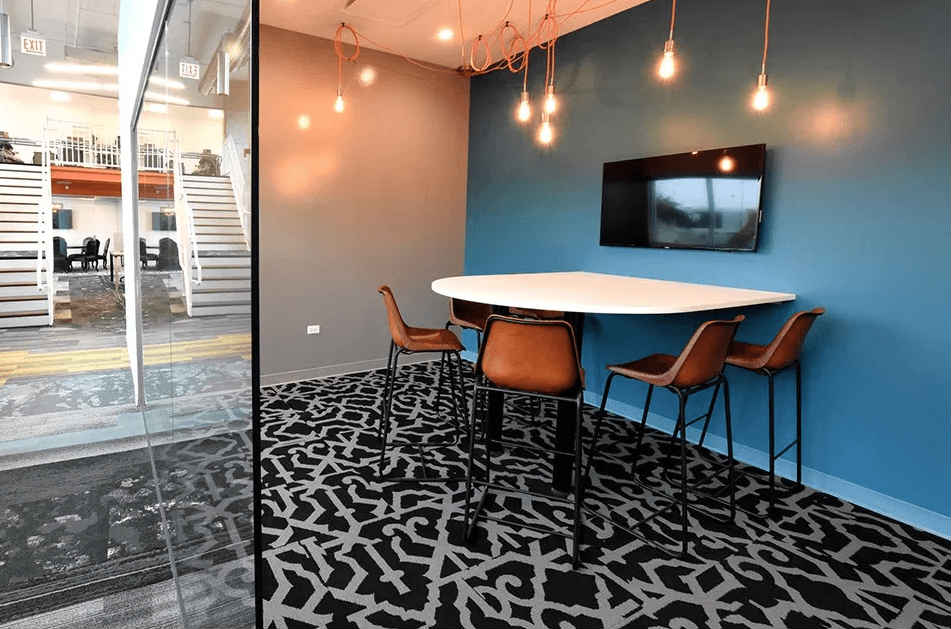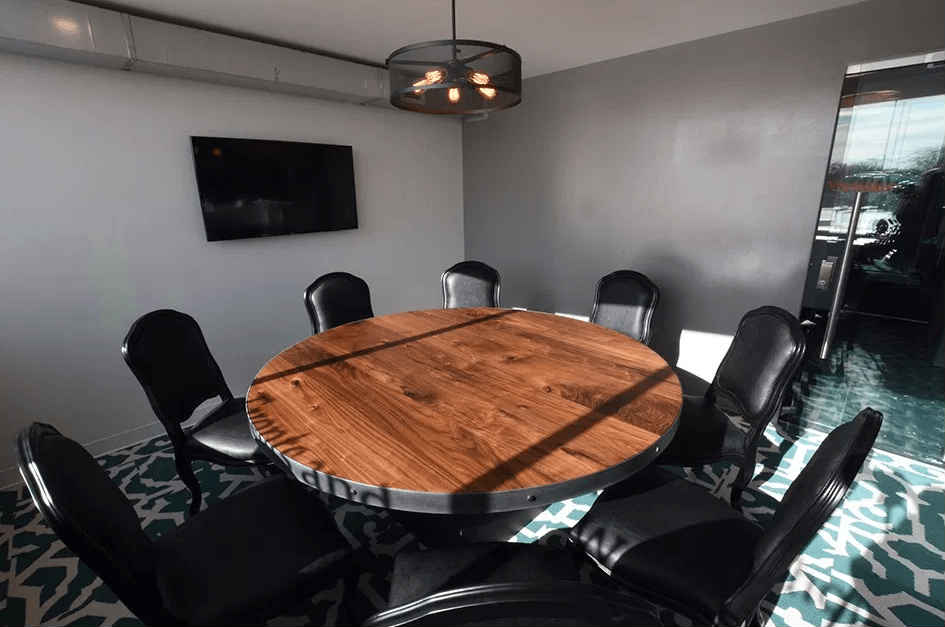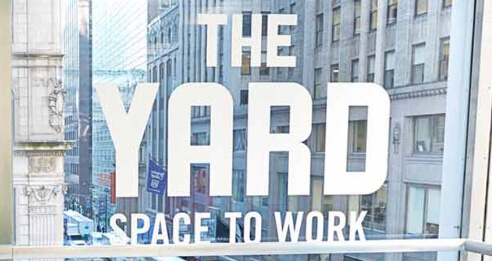
Largest Coworking Companies


Mara Hauser, the director of Global Workspace and founder of 25N Coworking, is an expert in suburban coworking and runs six coworking spaces in the U.S. When 25N Coworking first opened its doors in Geneva, Illinois, they weren’t expecting it to be the overnight success that it soon became. It’s now entering its fourth year, with over 200 members in this location alone.
We spoke with Mara about suburban coworking, its contrast with spaces in city centers and the strategies she took to make suburban coworking profitable.

The target audience in the suburbs is different. People based in the suburbs often have families at home and an active community in the neighborhood. They are looking for a workspace away from home that can minimize distractions.
A second factor is that coworking members hold their memberships for longer, meaning that they stay longer compared to rental units in city centres where people change work locations based on relocation. The 25N Coworking branch in Geneva have many members who have had long stays of an average of 9-18 months.
It is also important to note that about half of 25N’s suburban members are corporate users and the rest are freelancers or small businesses. Corporate users are usually more active in city centres and lesser in suburban areas. In general, the age range there is also slightly older—between 35 to 55 years old.
When people have home offices, you need to know how to communicate the value of coworking, Mara told us. Four years ago when she first started, people were less knowledgeable about the concept. It was a new transition because the older generation hadn’t been in a collaborative working environment or open coworking space before.
To overcome this, she spent a lot of energy and resources in the beginning to have community-based events. She held local sharings, charities, non-profit events and more. Her space became very involved in the local community, not just through social media advertising but other promotional events, as well, to bring people in.
Branding is another part of marketing a space to a new community. She held campaigns like the month-long one when her space in Dallas first opened for publicity and interaction with the suburban community.
Today, people are more familiar with the concept of coworking spaces, Mara says. But marketing to the community especially for suburban areas, still plays an important role.
Workspaces need to help people be productive and feel inspired. A workspace with awesome design and good functionality is inspirational to me. In suburbs, there isn’t much viable open flex areas. Ours was designed specially for mixed-use, customized sitting areas and so on. A workspace can be small but look extremely comfortable and spacious. Ours is about 2,000 square feet, but we try our best to maximize the space. Suburb or city center alike, you also have to cater to all different types of people—introverts, extroverts, etc.

The best thing about suburban coworking is the existing community. Having neighbors that inspire your work is a magical thing that you can’t get outside of the suburbs.
I heard this story from one of our members: The usual group of soccer moms were sitting together waiting for their children, one person brought up working at a coworking space and another replied, “I work at home now! I would love to work at a space like that, it’s another way to connect.” And just like that, you’re doing business with someone you thought you’d only see at soccer games with your son.
In the suburbs, you’re not just surrounded by friends and neighbors, but also potential business partners. That’s the value I see in suburban coworking.
I use Zoom and Wepresent for calls and meeting presentations with my team in multiple locations. I use Kisi to regulate access for the different membership options—it’s integrated with Kube to keep the front door open during opening hours only. Slack chats and channels help me bring my community closer.
You have to know the local community. For starters, pick the right location and know that you have to introduce yourself to the community that comes with it. Your success is dependent on the community’s acceptance and engagement with your coworking space.
Save your community manager 41 hours each week—learn how The Yard did it with cloud-based access control.
Read the Case StudyThe Guide to Make Your Space More Profitable
Including interviews with experts and consultants.
Free access to our best guides, industry insights and more.
